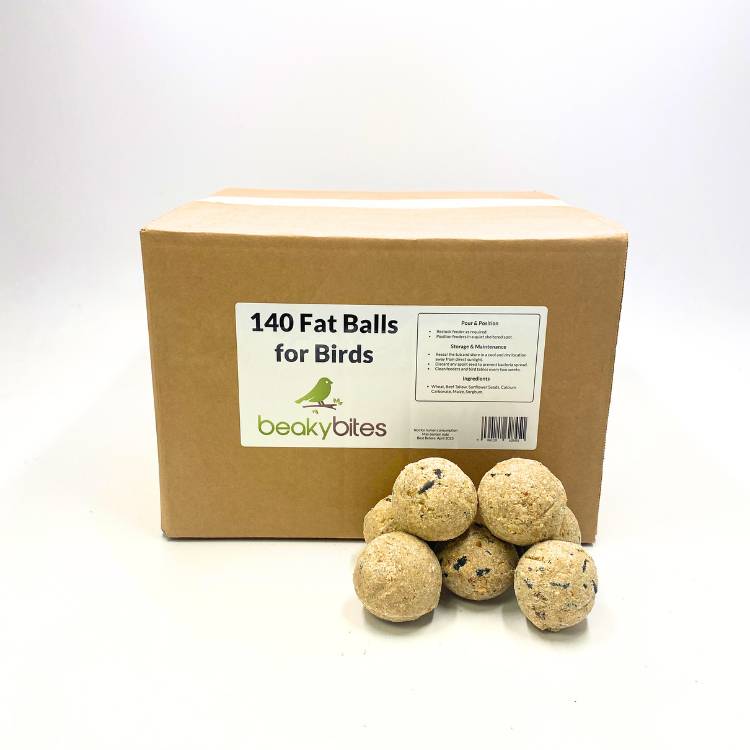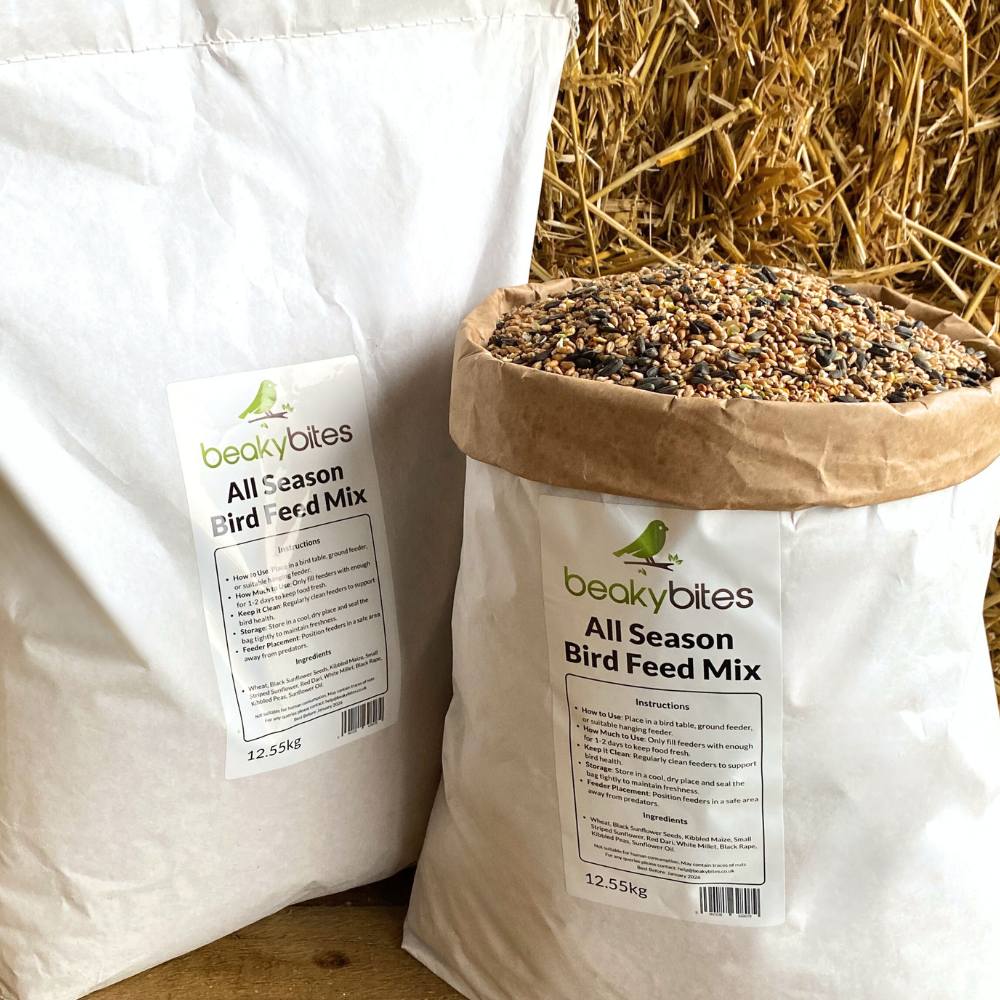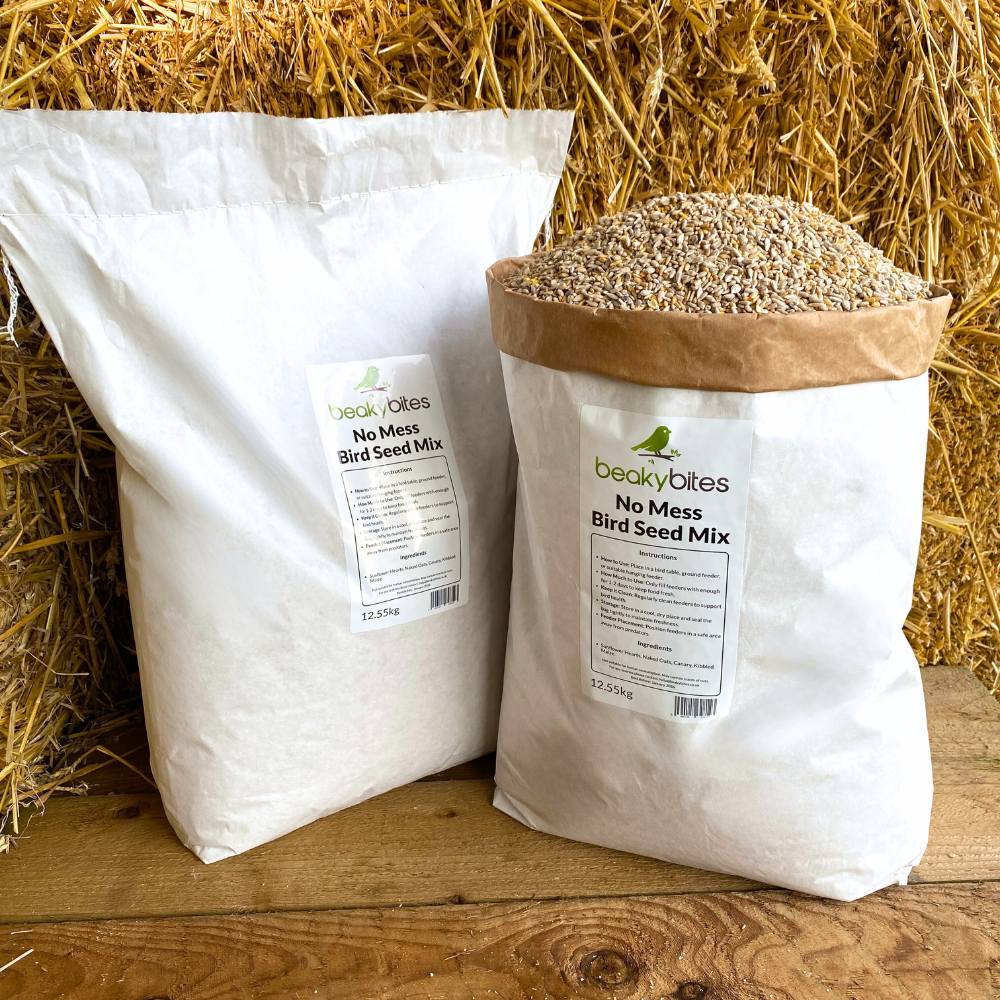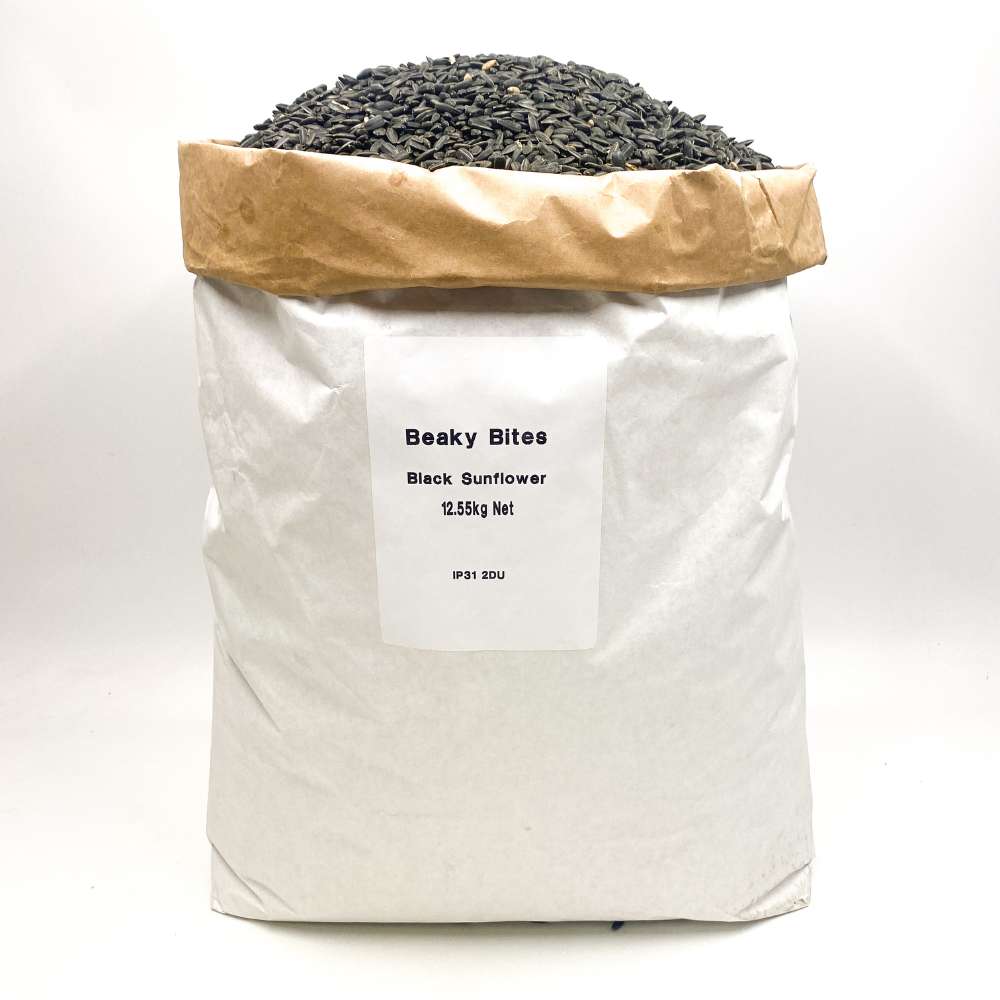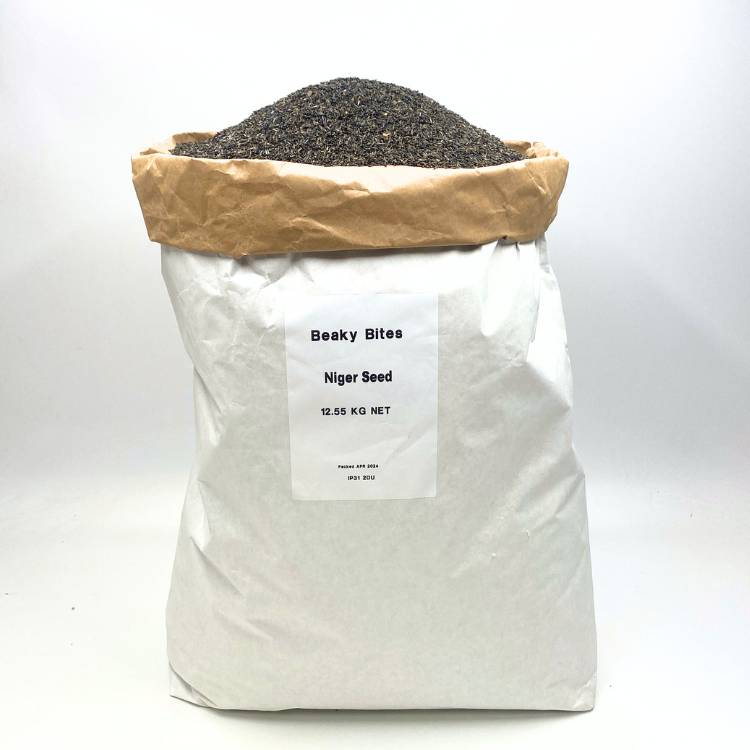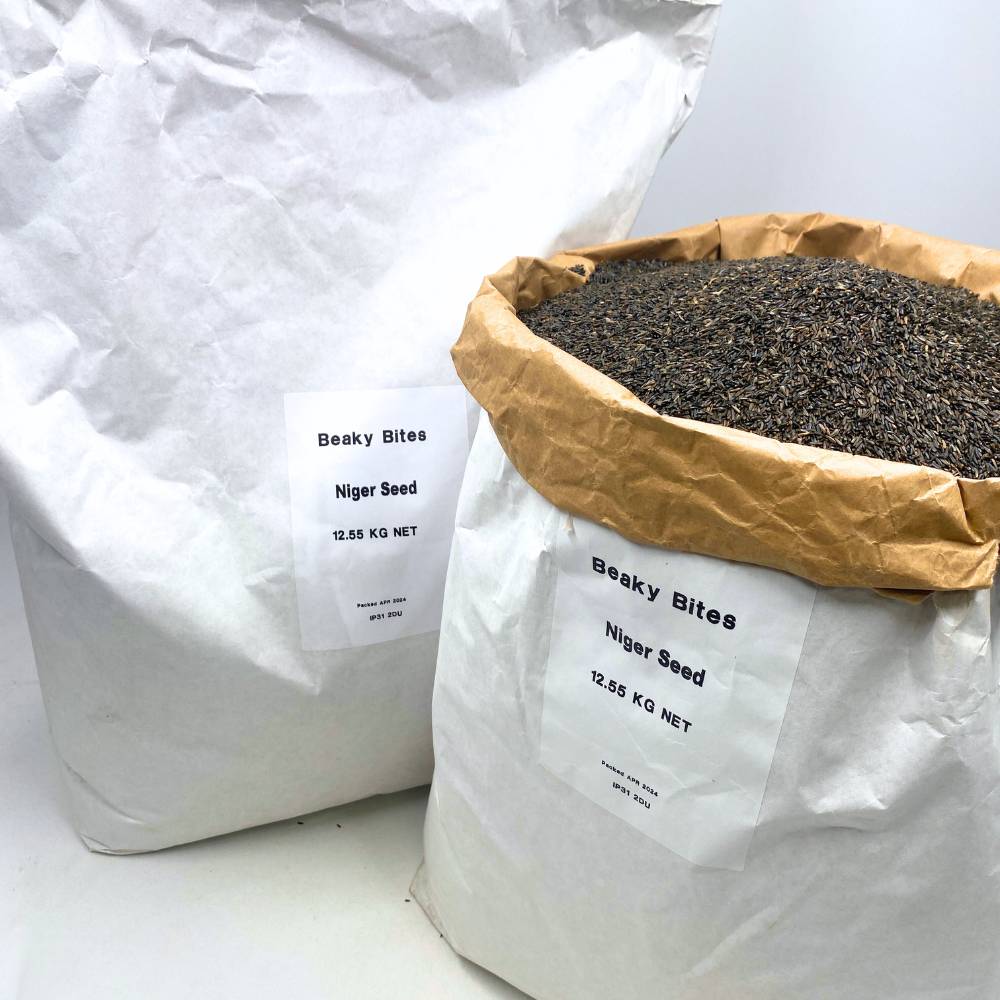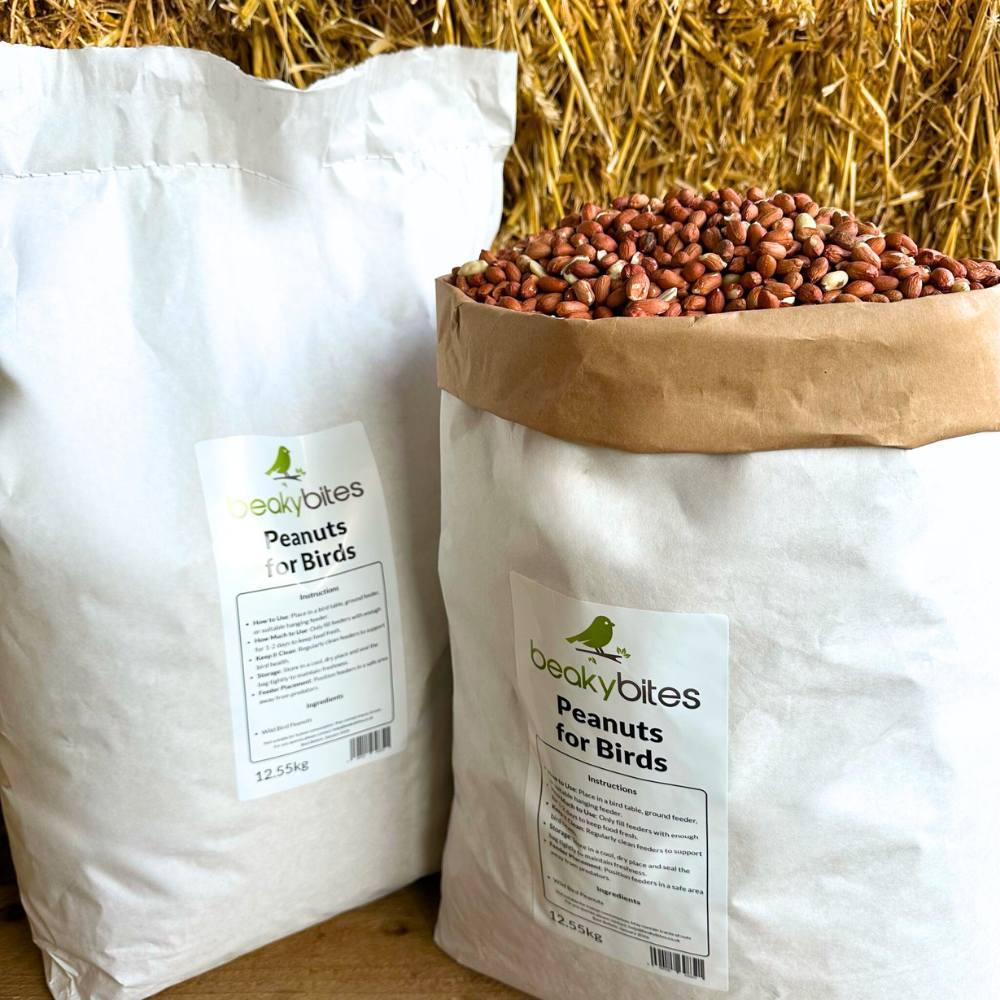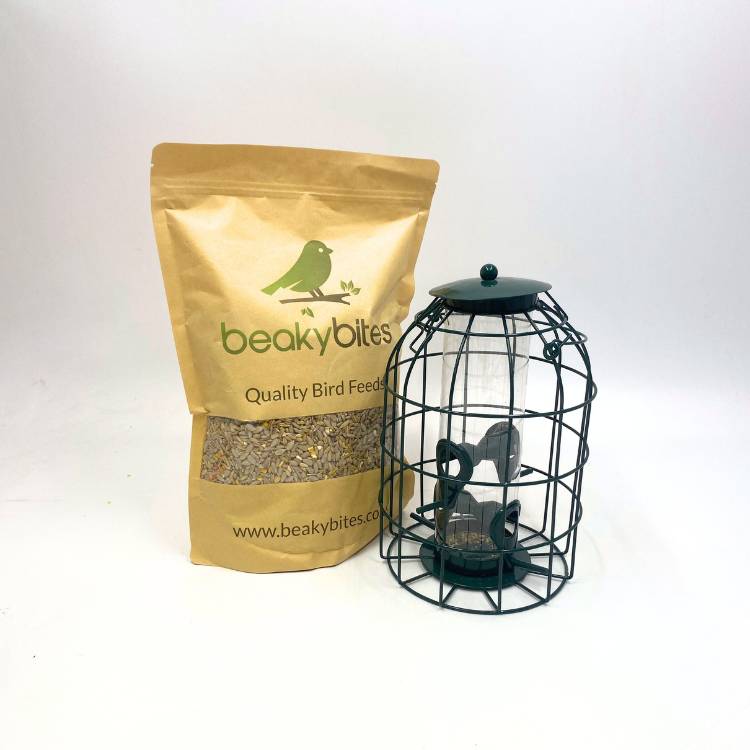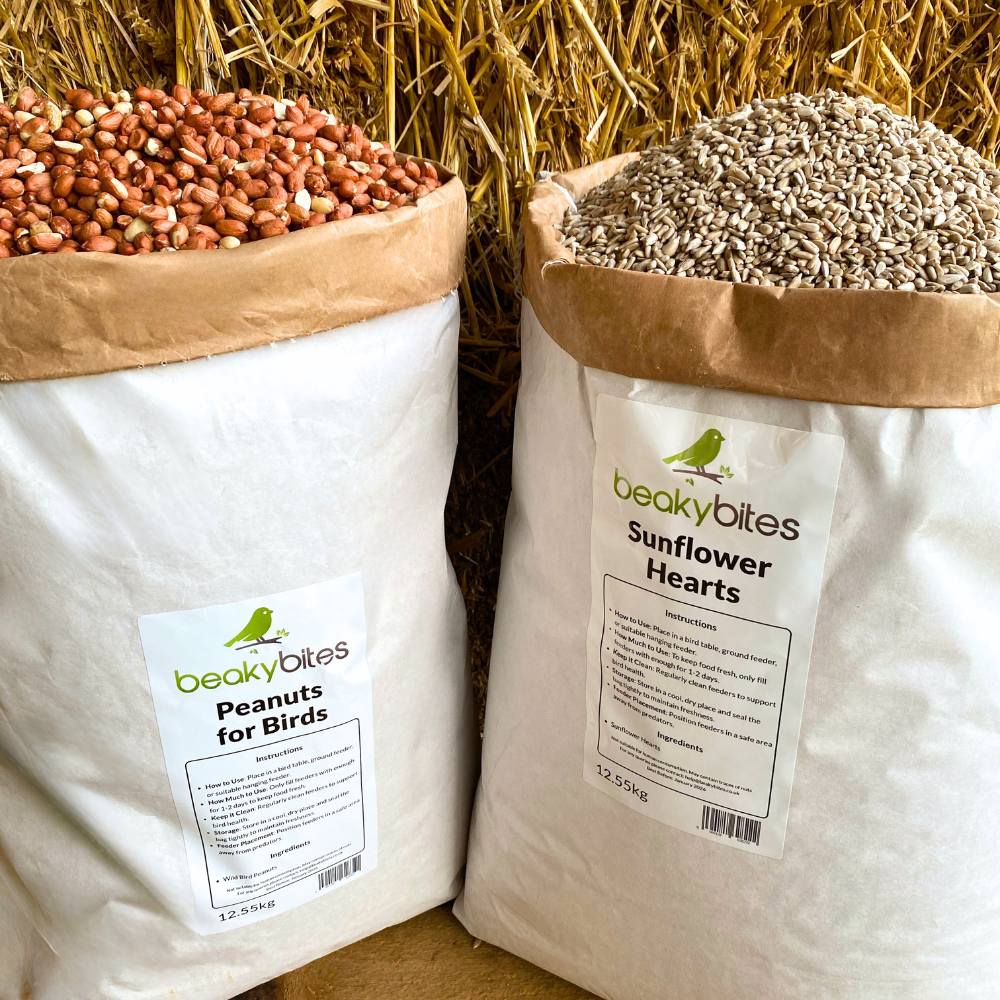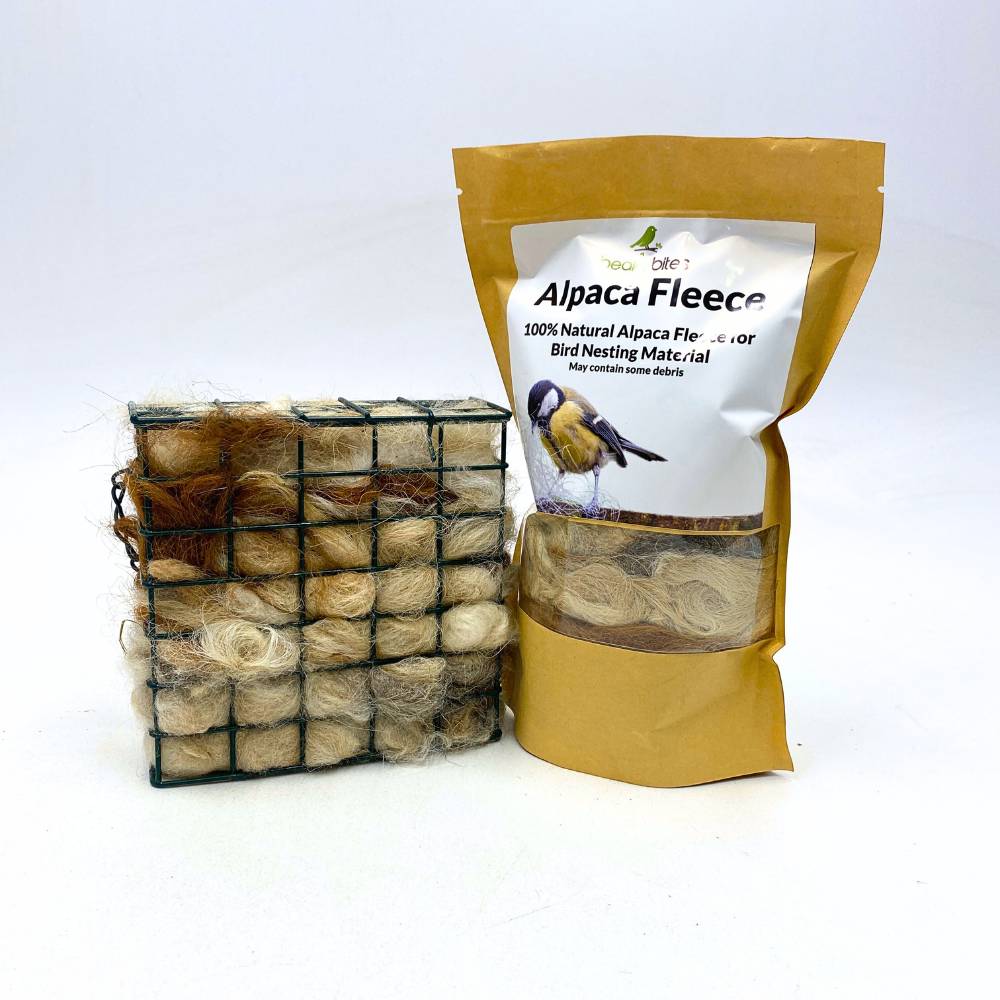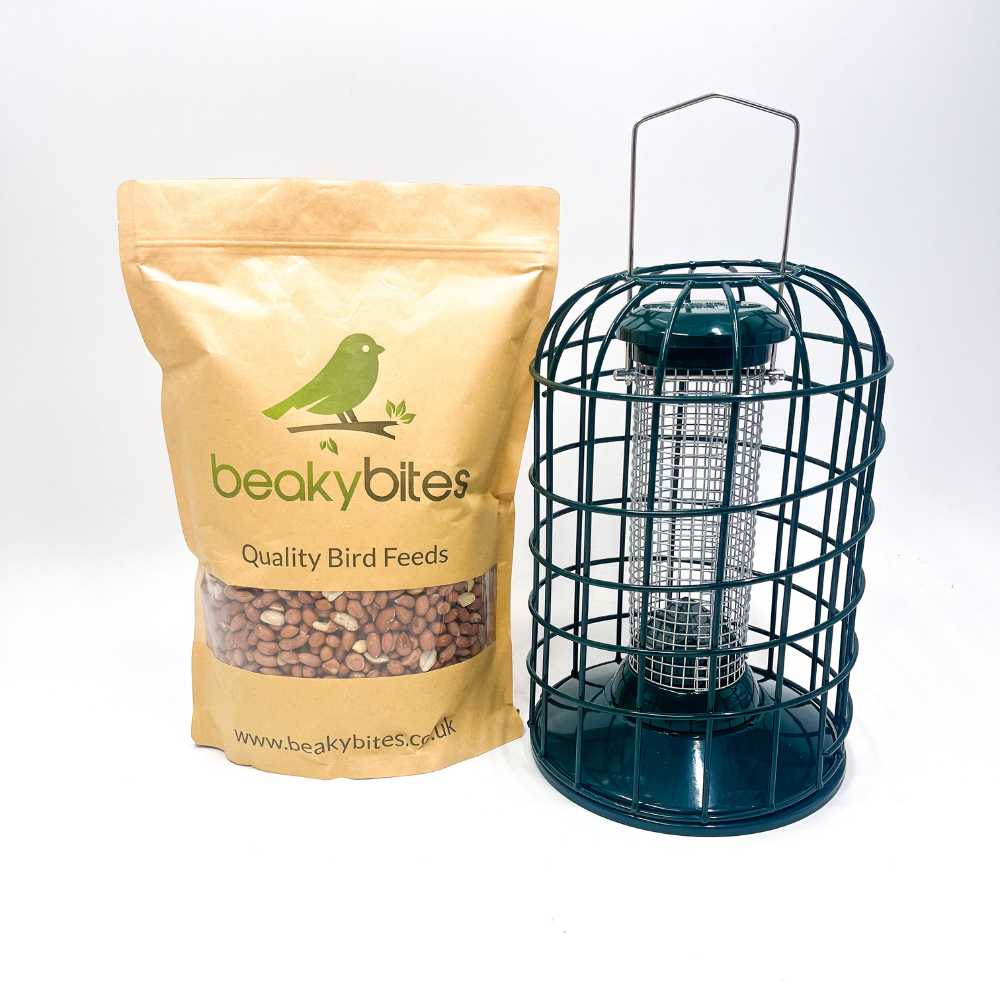Encouraging Birds to Your Garden: A Complete Guide to Nest Boxes

With natural nesting spots becoming scarce, nest boxes offer a simple way to support British birds right in our own gardens. By providing a safe space to raise their young, we can help garden birds thrive and enjoy the beauty of nature up close. In this guide, we’ll explore why nest boxes matter, the best ways to set them up, and how to keep them safe and welcoming for our feathered friends.
Why Nest Boxes are Essential for British Birds
British birds, especially smaller species like blue tits and sparrows, rely heavily on safe spaces to nest. As natural habitats like old trees and hedgerows disappear due to urban development, the demand for secure nesting sites grows each year. Many birds struggle to find suitable nesting locations, and this lack of options has had a direct impact on bird populations in the UK. Nest boxes offer a simple yet effective solution, helping birds survive and even thrive.
By providing a nest box in your garden or on your property, you’re giving birds a safe, weatherproof spot to raise their young. This support is crucial, especially during the breeding season when birds are more vulnerable to predators and the elements.
Moreover, nest boxes bring a unique opportunity for people to connect with nature. When you put up a box, you may start to notice the behaviours of different birds and even get to watch their families grow. It’s a simple way to engage with wildlife and create a thriving natural space right in your garden.
Free Delivery Deals
Choosing the Right Nest Box for Different Bird Species
Not all nest boxes are one-size-fits-all! Different bird species have unique nesting needs, which are reflected in the types of boxes they prefer. For example, blue tits and great tits prefer small boxes with narrow entrance holes that discourage larger birds and predators. On the other hand, larger birds like robins, wrens, and blackbirds enjoy more open-fronted nest boxes, which better mimic the natural crevices and shrubs they’re drawn to in the wild.
When choosing a nest box, consider the materials and durability as well. Boxes made from untreated wood are usually best because they provide good insulation and avoid the harmful chemicals that treated woods sometimes contain. Thickness matters too – wood that’s at least 15 mm thick offers better insulation, keeping young chicks warm on colder days and helping regulate the temperature during hotter months.
Placing the right box for the right species can be a rewarding experience. Researching which birds are common in your area or which species you’d like to attract will help you pick the perfect nest box. You may even see new species moving into your garden simply because you provided the right type of shelter!
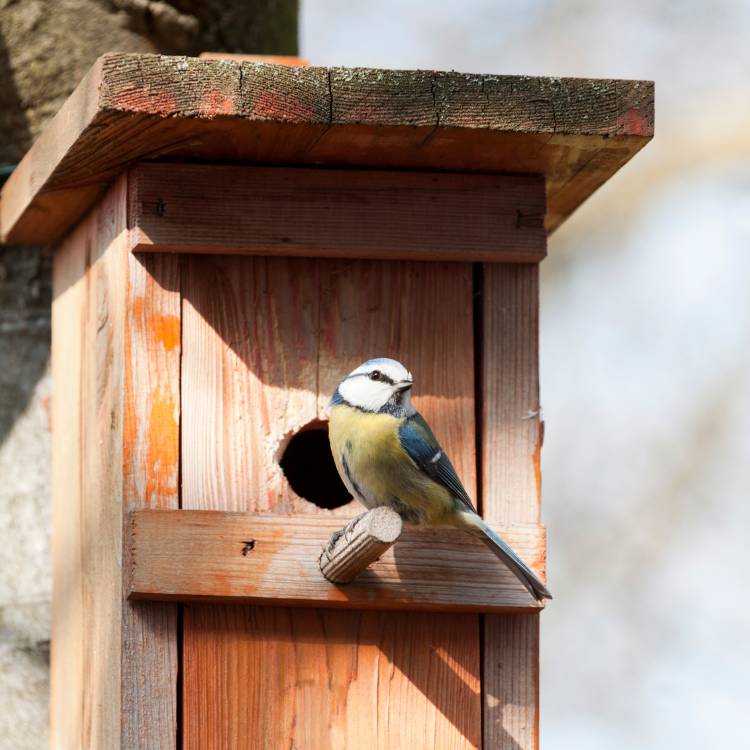
Ideal Locations for Installing Nest Boxes in Your Garden (Including Best Time and Height)
Finding the right location for a nest box is as important as the box itself. Generally, a quiet, sheltered spot in your garden is ideal, somewhere with a bit of shade, especially during midday. Facing the box between north and east is recommended to avoid the full impact of the sun and protect from the worst of the rain. Avoid placing boxes directly in windy or exposed spots, as birds prefer stability and protection.
Timing matters, too. The best time to install a nest box is in the autumn, before the breeding season starts in spring. This timing gives birds time to scope out potential nesting sites and also allows them to use the box as shelter over the colder winter months. Some birds may even start using the box for roosting as early as February, so setting up in advance is always a good idea.
As for height, placing nest boxes at about 2-4 meters above ground is generally ideal for small garden birds. Boxes for sparrows and starlings can be positioned a little higher, but avoid placing them too low to reduce the risk of predators reaching them. If you have a cat or other pets, be mindful of where you put the box to keep it safe from curious paws.
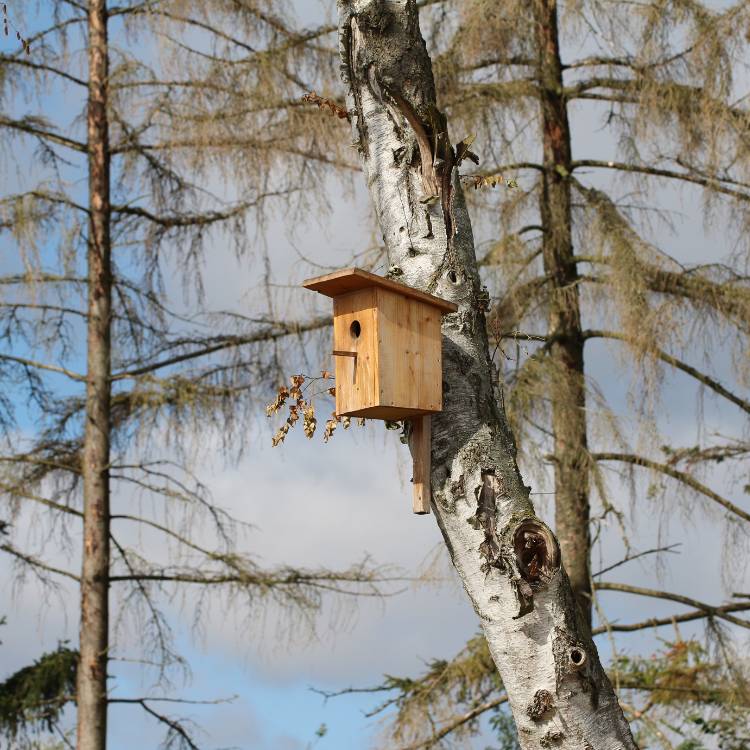
Proper Maintenance and Cleaning of Nest Boxes
Maintaining and cleaning your nest box is vital to keep it hygienic and safe for birds. At the end of the breeding season, usually around September or October, it’s time to open the box, remove any old nesting material, and give it a thorough clean. Use boiling water to kill any parasites – avoid using any chemicals or disinfectants as they can be harmful to birds. After cleaning, let the box dry completely before reassembling.
Throughout the year, keep an eye on your nest box for any signs of wear, damage, or decay. Look for signs of water damage or weathering, which can happen in older boxes. Fixing or replacing a box that’s showing signs of wear ensures it remains safe for the birds and can be reused for several years.
Routine maintenance is also a good time to check that your box is still securely fastened and hasn’t been disturbed by weather or animals. By keeping the box in good condition, you’re making sure it stays a reliable, comfortable home for birds year after year.
Tips for Monitoring Nest Boxes Safely
Watching birds use your nest box can be incredibly rewarding, but it’s essential to keep disturbances to a minimum. Birds are very sensitive to intrusion, especially during breeding. Always monitor from a distance and avoid getting too close. Binoculars can be a great tool, allowing you to see the activity up close without stressing the birds. Watching quietly from afar gives you the chance to observe their behaviors and keep track of any chicks without interrupting their routine.
If you’re very keen to observe what’s going on inside, consider installing a small, motion-sensitive camera in or near the nest box. Many wildlife cameras are designed to be unobtrusive, so you can monitor the birds’ activities without them noticing. Cameras provide a safe way to enjoy watching their nesting journey, from the first nest-building steps to the moment the chicks fledge.
Respecting the birds’ space is key. If you spot signs of stress, such as birds hovering nervously outside the box or abandoning it entirely, take a step back. Birds will feel more secure and stay longer if they sense the area around the box is safe and quiet. By monitoring safely, you ensure the birds’ experience is as positive and undisturbed as possible.
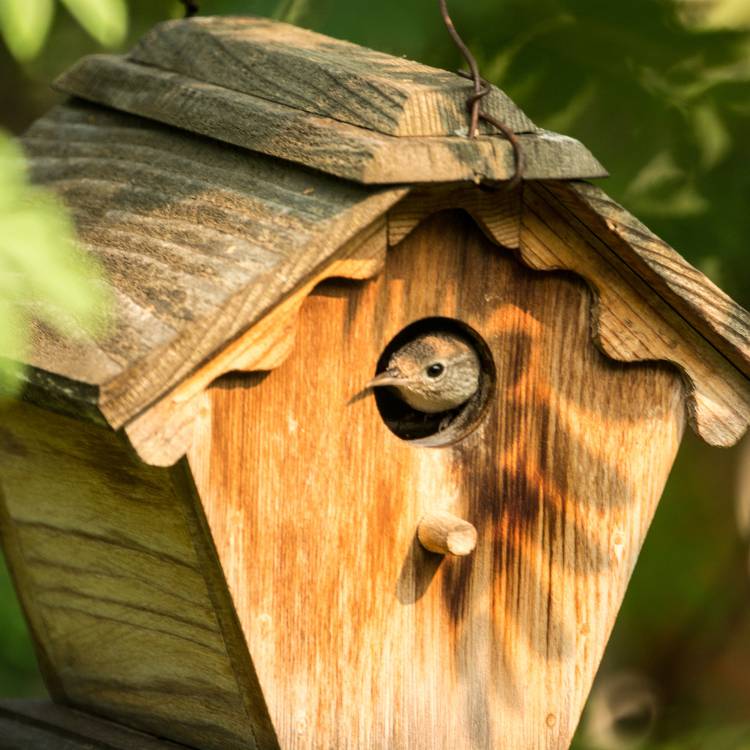
Conclusion
Providing nest boxes in your garden is a meaningful way to support local birdlife, especially at a time when natural nesting sites are harder to come by. By choosing the right box, placing it thoughtfully, and maintaining it well, you’re creating a safe haven for birds to thrive. Not only do you contribute to conservation efforts, but you also get to experience the beauty of British birds up close, from their charming songs to their seasonal rhythms. A small change in your garden can make a world of difference, helping to preserve these beloved species for generations to come. So, why not start this season by welcoming a few new feathered visitors to your garden?
Frequently Asked Questions
Why are nest boxes important for garden birds?
- Answer: Nest boxes provide safe, sheltered spaces for birds to nest and raise their young, especially as natural nesting spots disappear.
When is the best time of year to put up a nest box?
- Answer: Autumn is ideal, giving birds time to find it before breeding season begins in spring.
What materials are best for nest boxes?
- Answer: Untreated wood, at least 15 mm thick, is best as it provides insulation and avoids harmful chemicals.
Do I need to clean out the nest box after each season?
- Answer: Yes, it’s best to clean it out in autumn to remove old nesting materials and keep it hygienic.
Can I watch the birds in the nest box without disturbing them?
- Answer: Watching from a distance or using a small camera is perfect to enjoy the view without bothering the birds.

